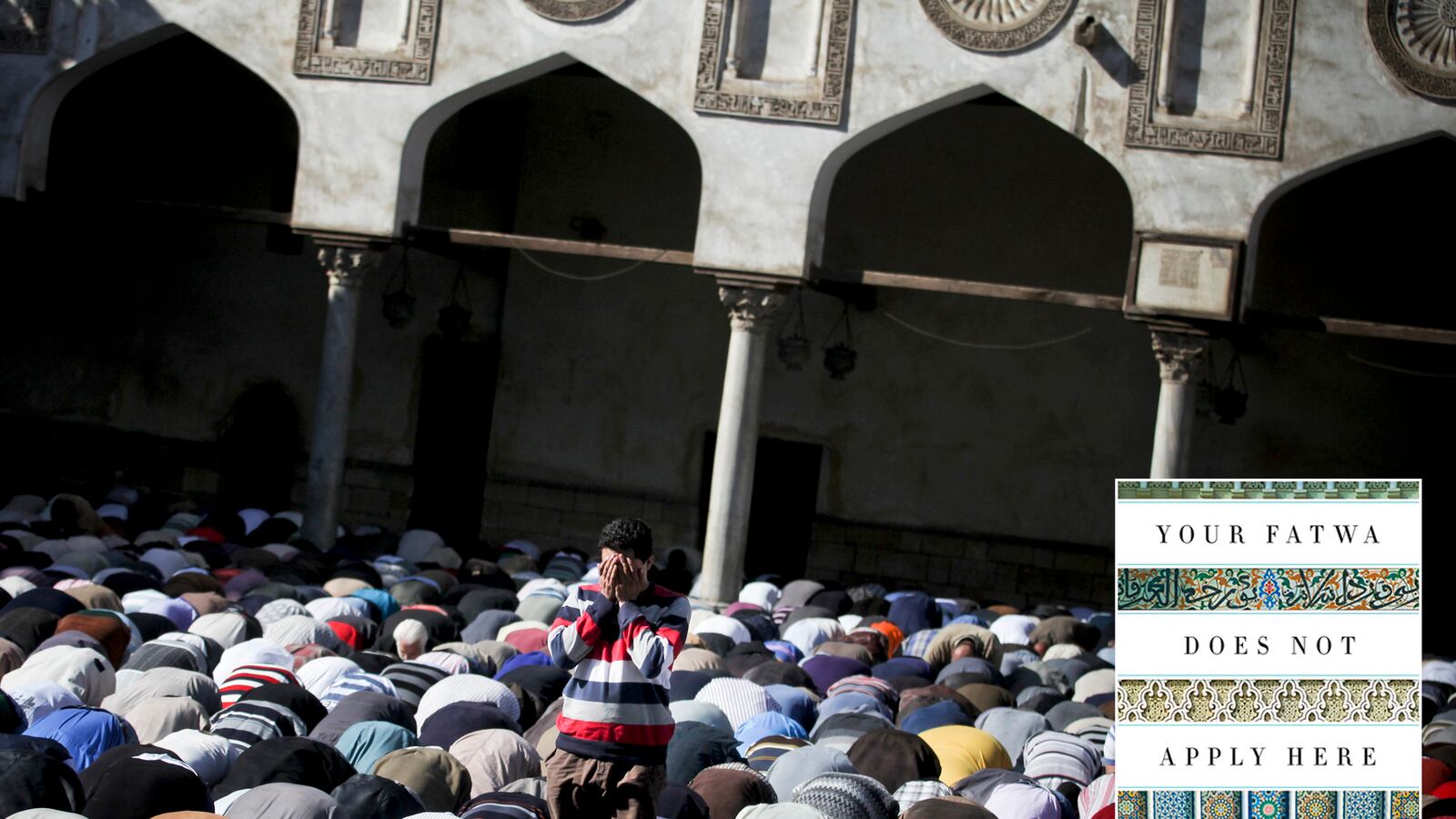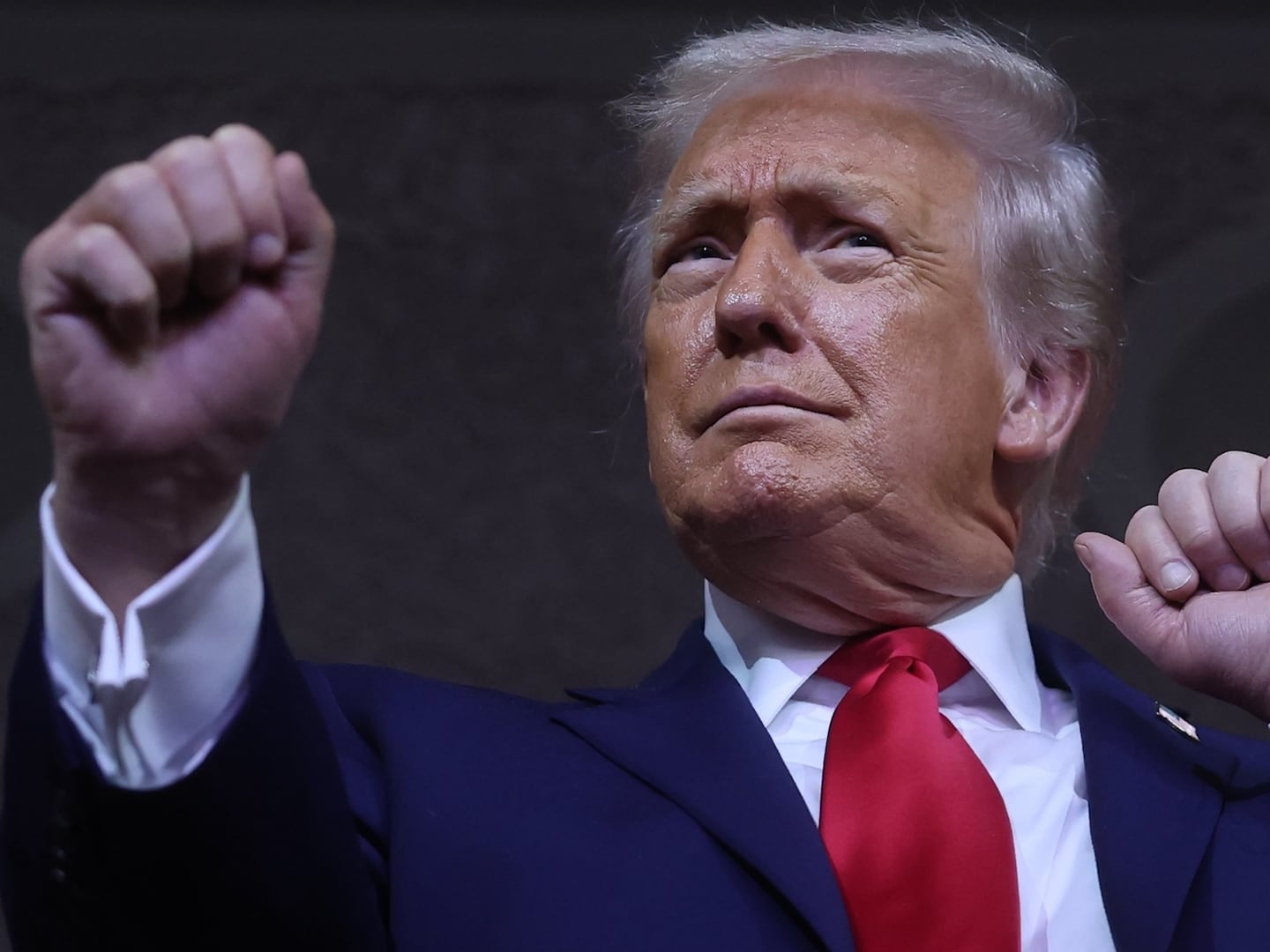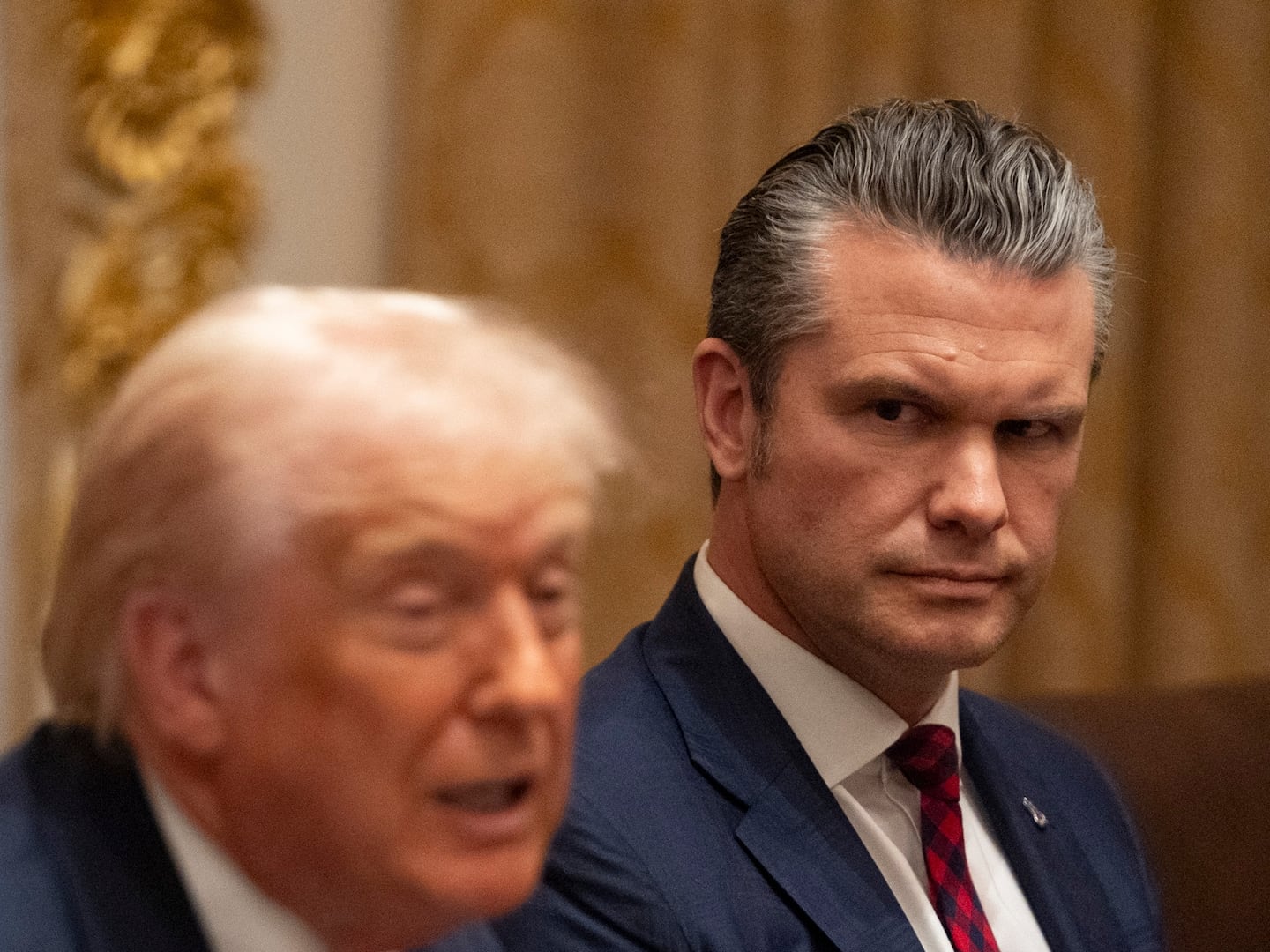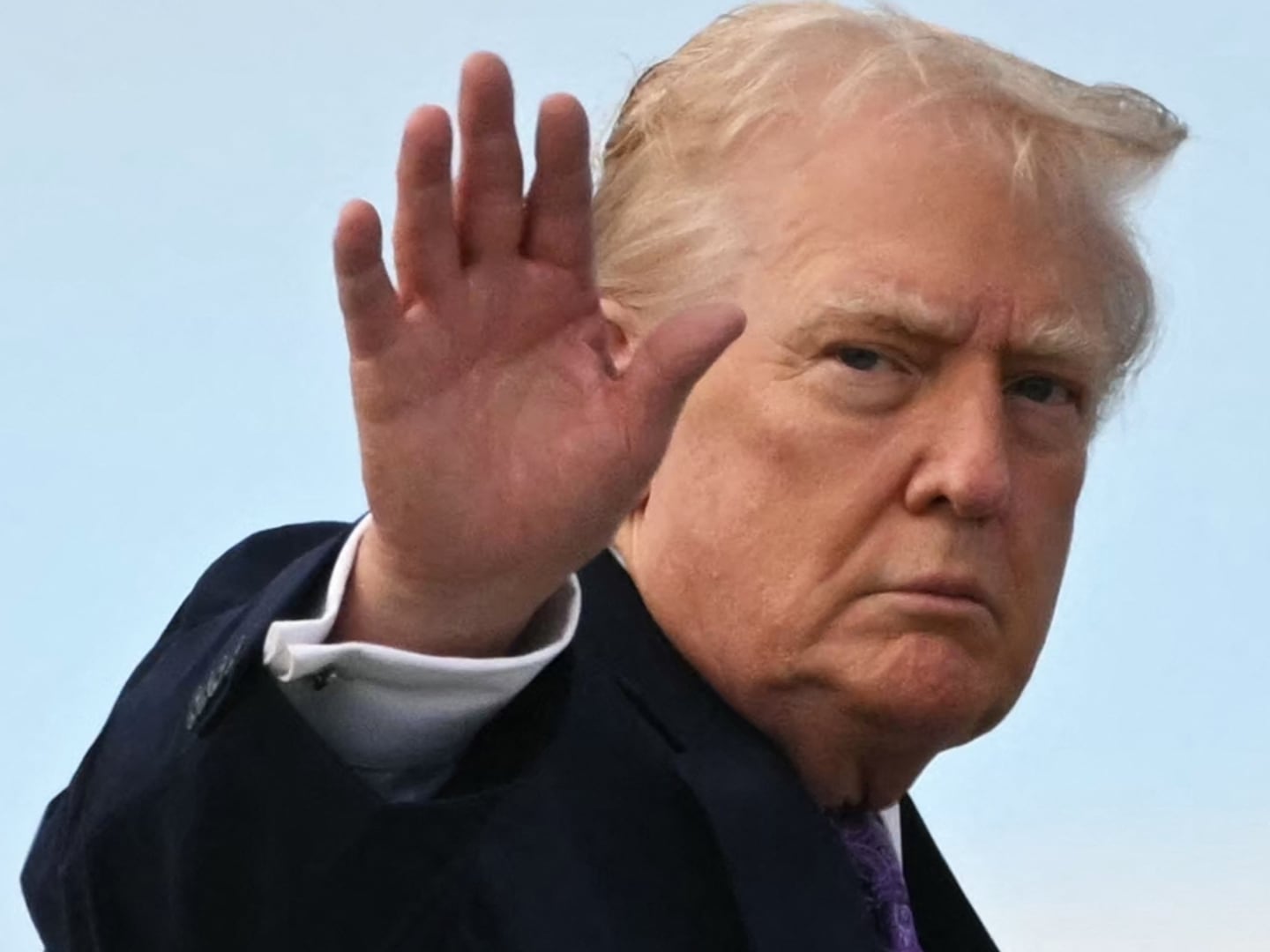Although we are learning that child refugees from the Syrian civil war now number more than a million, and that Western allies are considering an intervention within days, we have been more possessed by Batfleck and Miley Cyrus. Our sensitivities have progressively dulled during nearly three years of the Arab Spring. We know what to expect from that part of the world: bombs will be detonated, governments will remain unstable, and people will be massacred. Some of us are convinced that “the Muslim world” is an unruly and dangerous place ruled by dictators and theocrats, whose people are today protesting in the streets for democracy but will tomorrow vote for the institution of Sharia.

But what if the screen we are watching is projecting scrambled signals and we are able to discern only fragments of the whole picture? And what if the parts we cannot see contradict the ones we do? Is it possible to characterize accurately a group numbering 1.6 billion, who live in nearly every country around the world and are a majority in 49, and who make up almost a quarter of the world’s population?
Even though they have never been as exciting to our tastes as those who shoulder rockets, nonviolent revolutionaries have been fighting for decades against the rise of Muslim fundamentalism. Karima Bennoune’s Your Fatwa Does Not Apply Here presents extraordinary stories from 286 interviews she held with “people of Muslim heritage” from 26 countries. The University of California, Davis, law professor has assembled a lineup of diverse witnesses, but they form a united front against the extremism “constraining their lives in every locale.” They are old and young, executives and housewives, artists and lawyers, devout believers and atheists, of diverse sexualities and nationalities, in Paris and Pakistan, Minneapolis and Mali. These varied and unremitting testimonies to this unarmed war shatter the monolith we have conjured up and dubbed “the Muslim world.”
Bennoune’s narration, interwoven with the personal stories, comes from a deep well. On June 29, 1993, after a particularly diabolical month during which the Groupe Islamique Armé (GIA) had slaughtered several Algerian intellectuals, thugs made their way to a suburban village of Algiers. The daughter of professor Mahfoud Bennoune was awakened by an almighty bombardment of clenched fists on the door of her father’s apartment. She was all too familiar with what had been happening during these days of terror. The scholars the GIA targeted had in various ways criticized fundamentalism, and Mahfoud Bennoune himself had taught Darwin and was a feminist. And that is probably why this manmade thunder became young Karima’s alarm that day. She says that she is “not exactly the combatant type,” and the professor rolled his eyes when he saw his daughter grabbing a kitchen knife and hunkering down in a spot where only a door separated her from menace. But not many pages into her vivid new book, I am less certain this courageous voice would have been another victim. The hit men left without forcing their way in, but their visit caused a spark.

Opponents of religion have in recent years pointed to Islamic fundamentalism as one proof of religion’s perversity. But Bennoune and her cavalcade of witnesses contend that extremism finds more support from political aims and cultural residue than from Islam. And in places where fundamentalism is most severe, women are callously repressed. Among the impressions gained from reading Bennoune, the bulwark of women defending their societies against the supposedly inevitable march of extremism is the most acute. Many are victims who could justifiably recoil after suffering the loss of family or experiencing circadian persecution, but they instead rise to defy terrorists, to start movements to aid other victims, and to fight back against the deterioration of human rights.
One story hit too close to home, causing Bennoune to break her “no crying while interviewing” rule when talking to the family of former law student Amel Zenoune-Zouani. The student was on a bus to visit her family on January 26, 1997, when men of the GIA boarded, took her outside, and cut her throat. They then delivered an ultimatum to the other passengers: “If you go to school, if you go to the university, the day will come when we will kill all of you like this.” After Amel’s mother learned of the news later that night, she walked through the town in tormented grief, scoffing at the terrorists: “You killed Amel. Come and kill me.” The family had to leave town, but one of Amel’s five sisters, Lamia, later returned to finish what her sister had started. She defied Amel’s murderers and now practices law in Algiers. “Fundamentalism will not win, even if they say, ‘Allahu akbar’ all day long,” her mother told Bennoune.
Bennoune is at her staunchest on veiling. We are introduced to Sheema Kirmani, a Shia dancer in Pakistan, who says that the hijab hurts her eyes because the human body is a beauty to be seen, not hidden. The increasing pressure to veil is a recent trend, and in some places it is an encroachment on local custom. Muslim women in Niger have worn the traditional boubou in flamboyant colors, but hijabs are now multiplying in the capital; they appear as odd foreign protrusions from an otherwise colorful fashion landscape. Bennoune is unambiguous: “covering nowadays ultimately means putting women in a uniform advanced by Muslim fundamentalists.” And she has the support of many women on the ground. “We are not Saudi and we do not want to dress like them,” says activist and professor Fatimata Mounkaïla. Before Fatou Sow turned 50 she had never seen a veiled woman in Senegal, and the Sudanese feminist Zaynab Elsawi implores Bennoune to tell Americans that people like her continue to struggle against covering.
Bennoune acknowledges that some women choose to veil, and she wants no conflict with them. But the lawyer quickly interrogates the freedom of these “choices” and suggests they are usually made where extremists already have their societies in a chokehold. When fundamentalists have saturated minds with their doctrines of purity and modesty—making women feel shame about their bodies and, incredibly, blaming un- or partially covered women for natural disasters—Bennoune cannot accept that the choice is truly free. Whatever lies behind the decision to veil, it represents “the ever-encroaching fabric erasure of women’s bodies.”
By parading these voices before us, Bennoune crushes many of our speculative idols, some of which we may hold unknowingly. She reveals the absurdity of notions that “the Muslim world” is a riotous, violent mess, and that “they” hate “us” for being free. Islam cannot be reduced to a description on Wikipedia, and radically different expressions of devout practice dot the map.
If it has been too easy to jump on the right for its Islamophobia, Bennoune takes on the Western left as well. Many of them mistakenly “construct a tactical alliance with the Muslim right against the Western right wing” and have partaken of “a certain kind of multicultural Kool-Aid.” Readers of every political persuasion may squirm uncomfortably during her persistent cross-examination of assumptions. But they might also be fascinated by, and even sanguine about, the diffusion of anti-extremist sentiment in Muslim majority societies. The people to whom she introduces us are authentic lights radiating from the darkest corners, and the extent to which unbelievers and devout Muslims are working together toward the same goals is astonishing.
Throughout the book, it is clear that Bennoune is not merely a human-rights lawyer studying journals and monographs from her comfortable office at sunny UC Davis. She is also the young woman standing in a doorway with a knife.






